What is the Electric Vehicle Suitability Assessment?
Make your electrifying transition seamless.
By Hani Hawari
Jul 7, 2023
With the emphasis on fleets to reduce greenhouse gas emissions, an increasing number of fleet managers are compelled to inquire about the viability of adding electric vehicles (EVs) to their fleet.
A few questions that fleet managers may be asking include:
- Which electric vehicle models are available in the local market? Are they able to perform the job requirements?
- Is switching to EVs viable from an operational and financial perspective?
- Which of my current fleet vehicles are good candidates to be replaced by EVs?
- What kind of charging infrastructure is required to support my electrification plan?
- What would the greenhouse gas reduction be?
What is an Electric Vehicle Suitability Assessment (EVSA)?
An Electric Vehicle Suitability Assessment (EVSA) is a tool that helps the fleet manager answer these questions and assists them in creating a blueprint for electrification. The EVSA delivers the data analysis needed to make the case to transition your fleet to electric in a way that makes sense for the organisation's budget and time frame.
The assessment also ranges from manual calculations and estimations in a spreadsheet, to using an automated tool that simplifies data input, all the way to commissioning consultants to prepare a fleet electrification plan tailored to the needs of the organisation.
An EVSA saves time for fleet managers
A key benefit of an EVSA it that it can save fleet managers time by making it easy to look up EVs and compare them based on factors such as:
- Retail price
- EV type (Battery Electric vs. Plug-in Hybrid)
- Vehicle class
- Battery capacity/range
- Local availability
- Maintenance schedules
- Charging speeds
Operational requirements
Before diving into the total cost of ownership (TCO) cost analysis, an EV must first and foremost be able to complete the required range. Analysing the maximum distance driven for vehicles and comparing that distance to the real-world EV range provides an immediate pass or fail to help make decisions on an electric vehicle.
Driver range anxiety is one of the main reasons that many fleets have not yet made the switch to EVs. However, an EVSA will analyse the daily driving range requirements (over the last 12 months, if possible, to capture business seasonality), to verify that the selected EV can do the required distance on a single charge.
Financial analysis
After confirming that there are EVs capable of doing the job required, the next step is to understand the financial impact of acquiring EVs. More importantly, also seeing if a switch would save the fleet money over the lifetime of the vehicles.
The financial aspect of the EVSA would calculate lifetime cost of replacing a vehicle with an EV and compare it with replacing it with a non-EV. The following cost components are usually considered:
- Vehicle acquisition costs (whether it is a purchase or lease)
- Maintenance
- Fuel and electricity
- EV procurement incentives
- Low Emission Zone charges (where applicable)
The EVSA helps fleet managers understand the changes in the cost structure if they elect to acquire EVs. Typically, EV acquisition costs are higher, but the fleet will make up the difference with operational cost savings on fuel and maintenance.
It is also important to consider any EV government incentives available for the fleet. In some organisations, it is possible to unlock funds from sustainability programs aimed at reducing this organisation’s greenhouse gas emissions. These funds, along with government incentives, can play an important role in reducing the total cost of ownership of EVs.
Environmental impact
Electric vehicles provide a great opportunity for fleets to reduce its fuel consumption and carbon footprint. An immediate environmental benefit of using an EV is the elimination of idling emissions.
Going green also has direct financial implications in some areas. In central London for example, EVs are exempt from the Congestion Charge, priced at £11.50 per day. Other jurisdictions around the world are considering similar types of low emission and congestion fees.
The EVSA can help quantify the tailpipe emissions reduction, fuel cost savings, as well as any congestion toll savings.
Some fleets take a holistic approach to emissions reduction when running EV assessments and identify opportunities to right size their fleet. Right-sizing includes reducing the number of vehicles based on overall utilisation, as well as the fleet’s vehicle class composition. Ask yourself, does your fleet really need multiple pick-up trucks, or would a more cost-efficient vehicle be able to do the job? Cost savings realised by right-sizing the fleet are then put towards electrifying more vehicles.
Charging infrastructure
One major consideration to fleet electrification is to understand the type and cost of the charging infrastructure required to support the energy requirements of the fleet.
In order to not interfere with the drivers’ daily operations, the planned infrastructure should allow for all charging to take place when the vehicles are parked for an extended duration (typically overnight). The EVSA will identify the locations of charging stations, their types, and the procurement and installation costs. The EVSA would also verify that vehicles are parked for enough time to properly charge for their next shift.
The role of telematics in an EVSA
An EVSA can be as simple as a back-of-an-envelope calculation of cost savings based on estimates and averages, or as complex as running second-by-second physics model simulations of each EV under consideration.
A good middle-ground would be to remove the guesswork out of trip information and utilise data collected through the telematics solution installed within the fleet. Telematics solutions provide access to a rich set of data points that can be used to refine the accuracy of such an EV assessment.
To start, we can get accurate daily driving distance readings and compare them against the real-world range of EVs available in the market. Furthermore, having accurate fuel consumption readings can refine the fuel savings calculations and increase the accuracy of the financial model.
A more advanced assessment can use location information to get data on the local terrain where vehicles are driven. This data can be correlated to outside temperatures to figure out when to factor in climate control systems when modeling the EV battery capacity. More advanced models can look at driving behaviour parameters such as speed, hard acceleration and braking to further refine the estimated range of an electric vehicle under the same driving patterns. With Geotab’s support, we can help make your transition as seamless as possible.
Learn more about electrifying your fleet on our Electric Vehicles page.
Hani Hawari is a Senior EV Product Manager at Geotab focused on helping fleets go electric.
Related posts
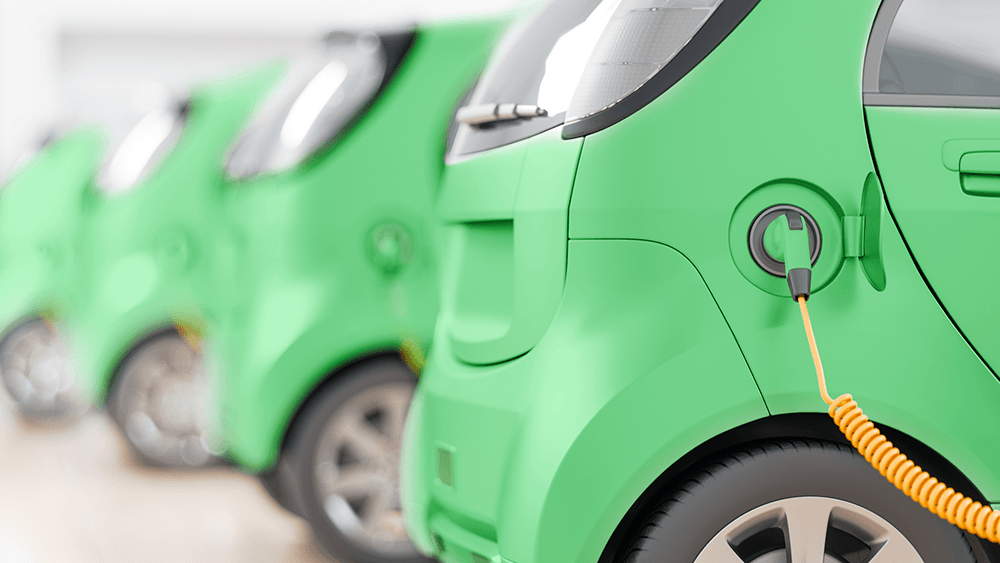
Electric vehicle sales double in Australia: here are three trends in EV adoption
September 8, 2024
2 minute read
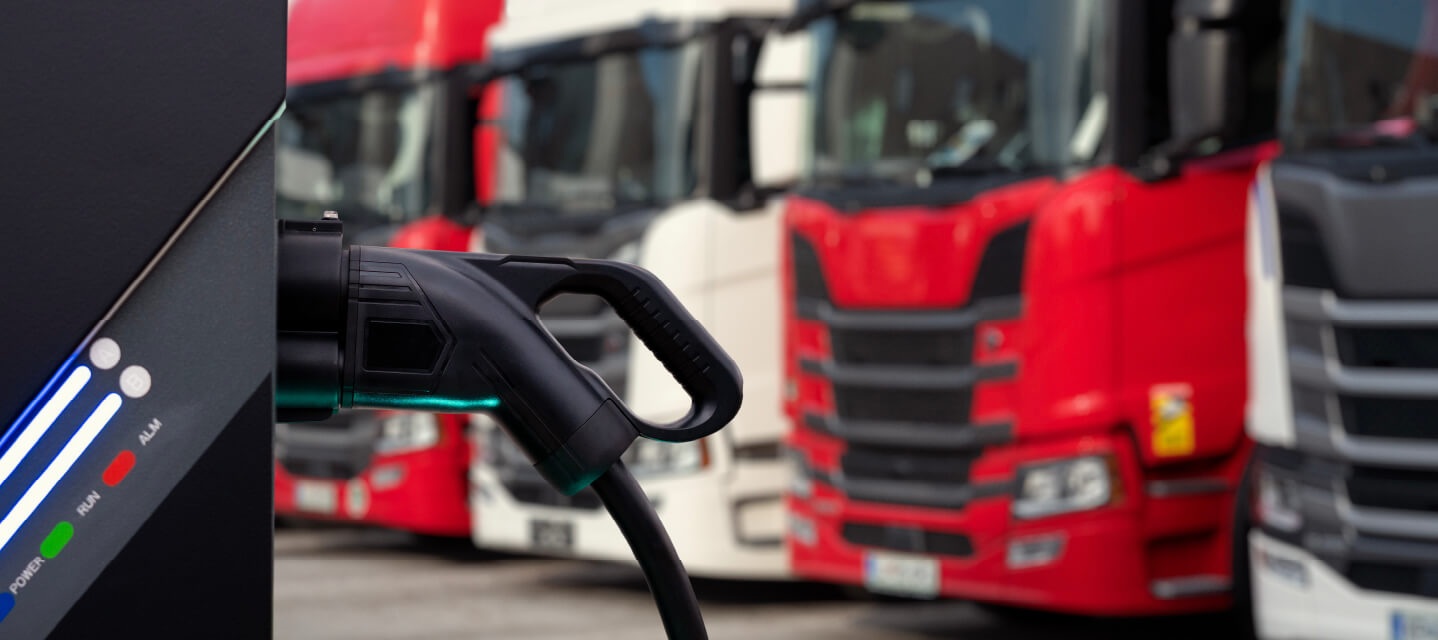
How long do electric car batteries last? What analysing 10,000 EVs tells us…
May 31, 2024
9 minute read
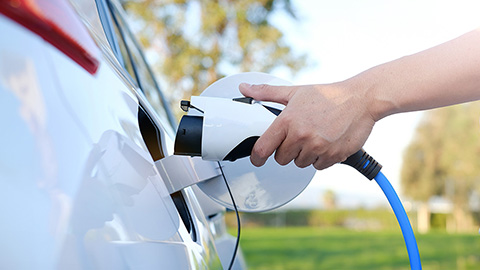
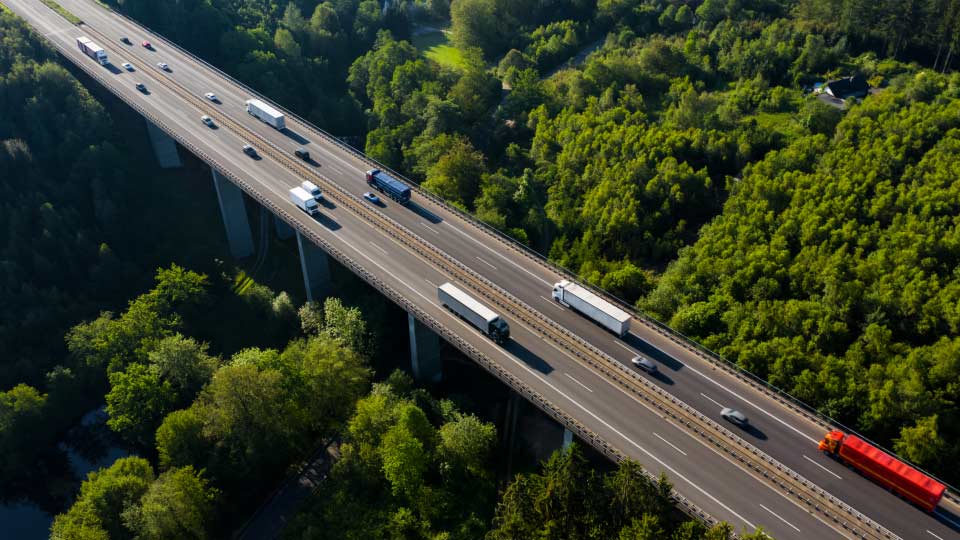
Building a business case for adopting EVs and sustainable fleet strategies
September 7, 2023
3 minute read
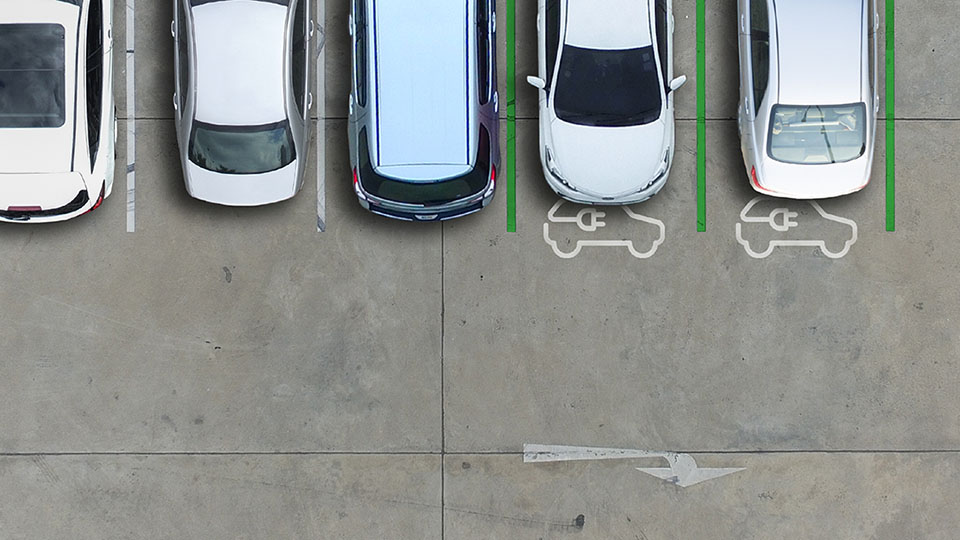
A successful electric fleet strategy starts with optimising fleet operations
September 5, 2023
4 minute read

Creating an EV adoption strategy and the next stages of fleet electrification
June 23, 2023
3 minute read